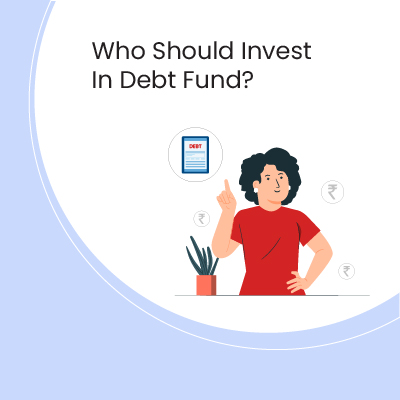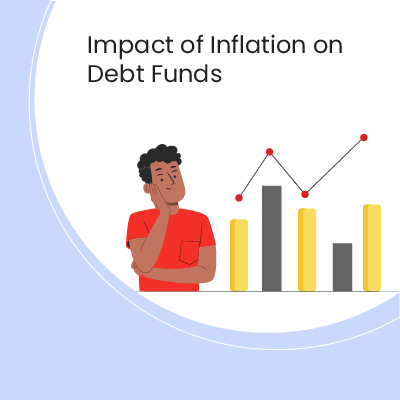6 Key Factors to Consider Before Investing in Debt Funds
1. Interest Rate Environment: Understanding current and expected interest rate trends helps time your investments for maximum benefit.
2. Credit Quality: Evaluate the credit rating of underlying securities to assess default risk and potential returns.
3. Expense Ratio: Lower expense ratios mean more of your returns stay in your pocket - aim for funds with expense ratios below 1%.
4. Fund Manager Track Record: Research the fund manager's experience and past performance across different market cycles.
5. Investment Horizon: Match your investment timeline with the fund's duration to optimize returns and minimize risk.
6. Tax Implications: Consider the tax treatment of debt fund gains, especially for investments held for more than 3 years.



